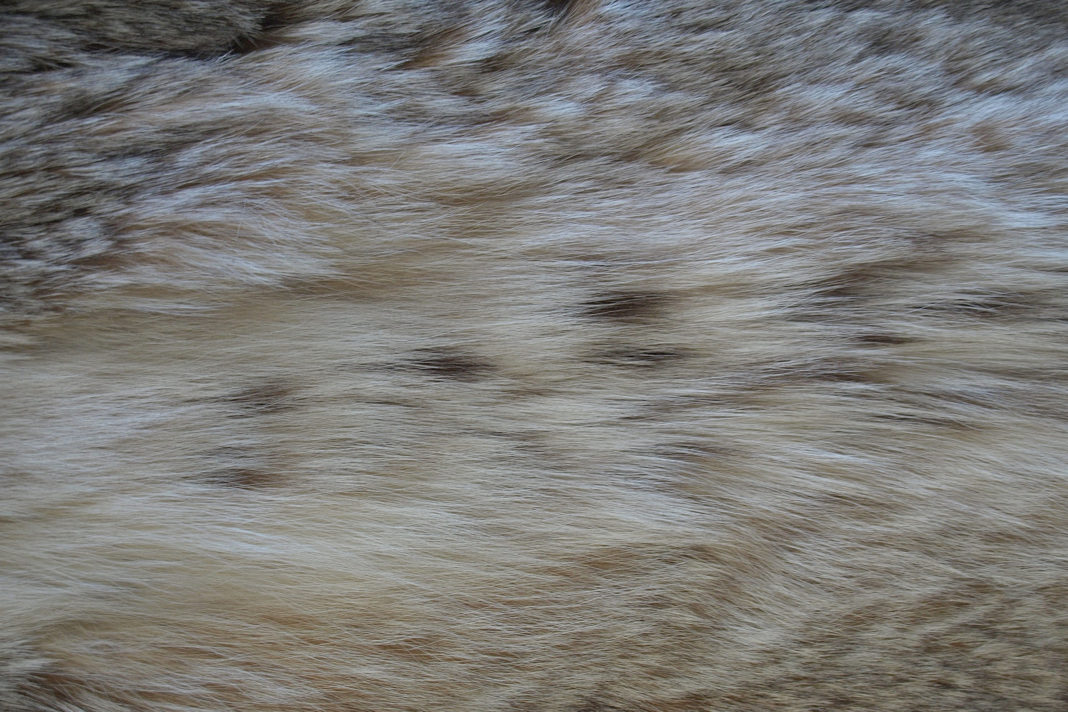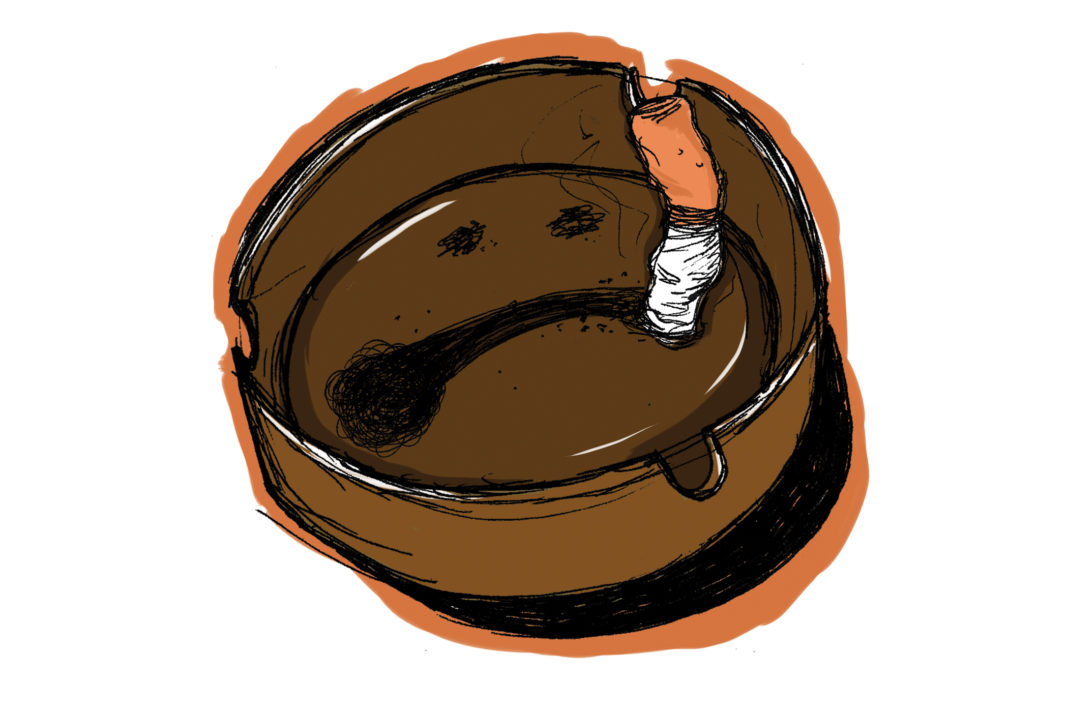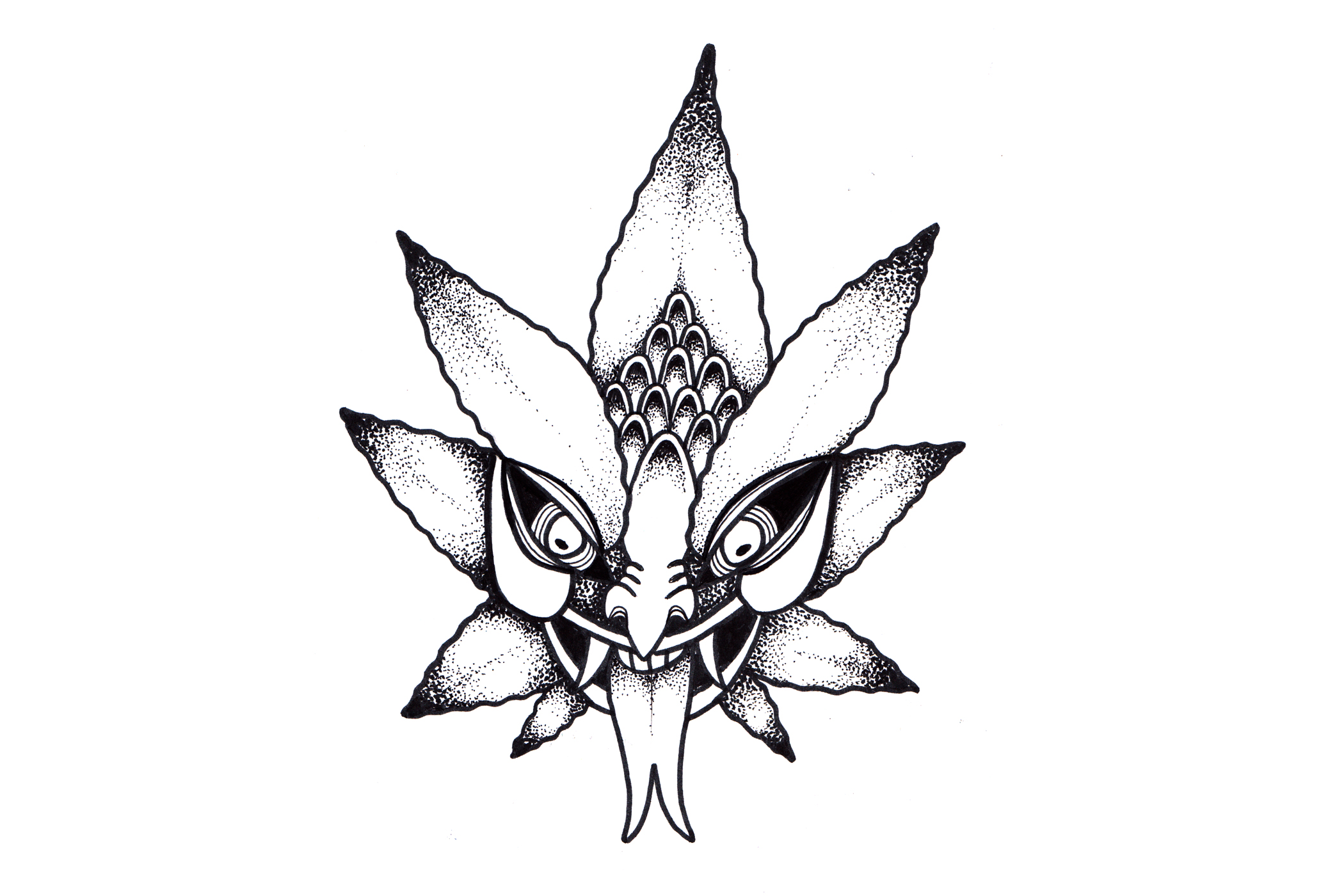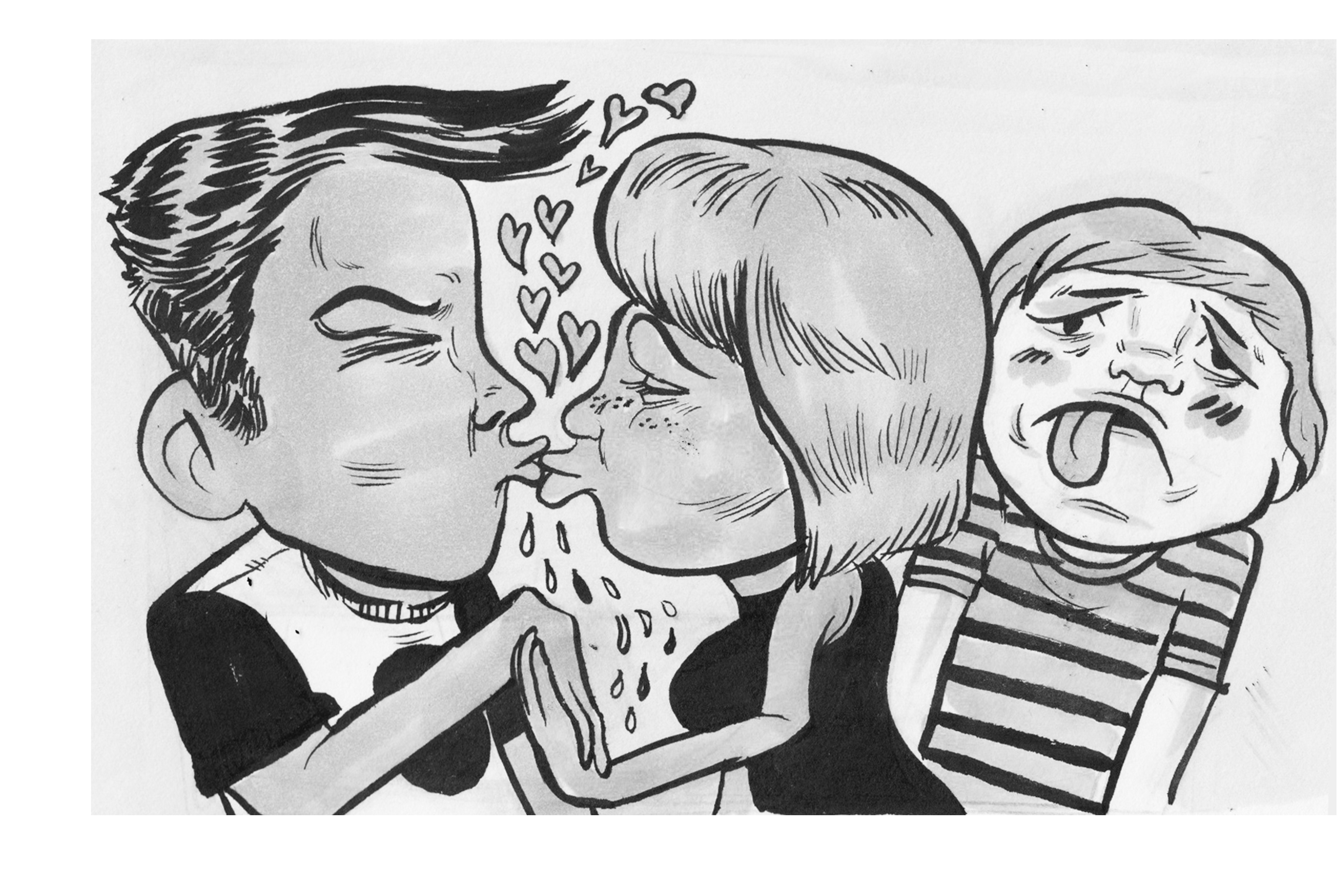Humans have a long history of utilizing other animals (and their deaths) for practical uses.
Animals provide food, warmth and services. Back when cavemen roamed the earth, animals provided humans the necessary tools for basic survival. Our ancestors hunted the animal, harvested its meat, skinned its hide, used its bones as weapons, and utilized as many parts of the kill as possible. Survival of the fittest thrived in those days, and it proved to be a logical natural order for that era.
Today, the natural order has changed. We have agriculture and technology. Humans have mastered crop engineering and indoor farming. The need to hunt animals for survival is almost nonexistent.
Now when people hunt, it’s often only for sport and the deceased animal’s carcass isn’t utilized for food or survival. Is this ethical?
And what about large-scale animal breeding? This practice is typically associated with mass meat production, laboratory testing or profitable designer pet operations (aka puppy mills). Where and how do ethics enter this equation? Factory breeding of animals for any purpose is cruel. So many animals already exist—why do humans continually breed them for their own purposes without regard for the lives they control?
Now that I’ve broached the subject of breeding animals for human needs like laboratory testing, I’d like to bring your attention to another horrifying large-scale animal breeding practice: fur farms.
Fur farms, as the name suggests, are farms where animals are bred solely to harvest their coats. These animals are born to procreate and be skinned so someone can purchase a twisted fashion accessory. Similar to puppy and kitten mills, the conditions prove horrendous. Animals stew in their own waste and infectious scabbing in cages far too small for their bodies—but as long as that fur looks prime, who cares, right?
A recent discovery in the fur industry exposed the production of “monster foxes” bred to be much larger than a typical fox’s normal weight. Often the monster foxes are fed excessively to ensure larger pelts. More profit, fewer foxes. The foxes sometimes become so big their skin starts to push out of the holes of the cages, causing rashes and scratches before reaching their ultimate destination: a cruel, senseless death.
In addition to the fur, leather reigns in the fashion industry as well. One disturbing video shows a cow whose limbs are cut off while being skinned alive. The skin would later be used as leather. In China, cows’ limbs are amputated to prevent struggle, and then they are skinned alive. This is reality; this actually happens.
I repeat: Cows have their legs chopped off and then are skinned ALIVE. Leather is cow. That leather handbag, that leather hat, that leather jacket—that was a tortured cow.
However, things aren’t always bleak. Even with these repugnant actions taking place, solutions do exist.
Leather is easily mimicked. Vegan leather consists of polyvinyl chloride, or PVC, among other things. Unfortunately, PVC is not the most environmentally friendly material to use, as it is plastic and contains some unwanted chemicals, but I do believe even better solutions exist.
One company, Matt & Nat, recognizes the downsides of vegan leather and produces vegan leather with recycled materials like water bottles. Although I personally don’t buy handbags, leather or otherwise, I still believe the avoidance of a skinned-alive cow is the way to go.
Faux fur looks and feels like real fur, minus the torture of sentient beings. Guilt-Free Vegetarian focuses on brands offering faux fur and displays its eerily similarities to the real thing.
A person would have to be heartless to continue buying real fur after learning the torture foxes, raccoons and minks experience in the name of producing a ‘luxurious’ coat. There is no excuse.
Some clothing brands have begun to integrate faux fur products in lieu of the ethically-questionable ‘real thing’. Consumers need to get on board with these faux alternatives if they want this glimpse of positive change to grow.
The clothing industry can find solutions to consumer wants without cruelly torturing animals for our superfluous, arrogant desires. The fashion industry has a choice: produce cruelty-free clothing, or live with the soulless consequences of barbaric animal persecution.
As consumers, we have a choice to make: Continue the brutality for the sake of selfish vanity, or refuse to purchase clothing constructed on the immeasurable suffering of living, breathing, feeling animals.
Buy faux leather, and if you must wear fur, buy faux fur only. Only buy products made from recycled materials. Animals don’t deserve to live and die in misery because humans want to look extravagant and stylish.
It’s time to step up and start making a difference in ending the animals-as-fashion industry.






